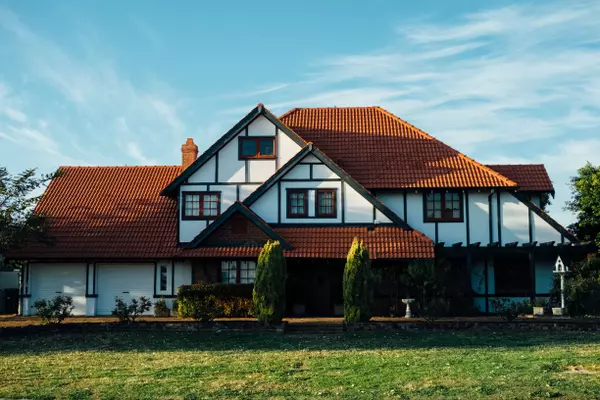US land market cools as demand, deals dry up
The U.S. land market is rapidly losing momentum, with demand falling to levels not seen since late 2022, according to Q2 2025 data from John Burns Research & Consulting.
Only 28% of land brokers describe demand as strong, down sharply from 76% a year ago. The pullback marks a steep reversal after two years of intense competition.
“Nearly 8 in 10 land brokers report more transaction cancelations and renegotiations than normal,” the report said. “Deals that made financial sense six months ago no longer work today.”
Prices hold despite weakening demand
While new home prices nationwide slipped 1% in the second quarter, the report showed that lot prices have continued climbing. Land in prime locations (A-B) rose 6% year-over-year, while prices in outlying areas (C-D) grew 4%.
Analysts say lower construction costs have enabled builders to pay more for land — even as profitability narrows. Scarcity of developed lots has also propped up pricing.

Still, the widening gap between what sellers want and what builders are willing to pay has slowed transactions, according to local real estate professionals quoted in the report.
“I sense our market is in a bit of a standoff. Builders are being more cautious, and sellers are not conceding on prices,” a Boise, Idaho, broker said.
A broker in Charlotte, North Carolina, said builders have become significantly more conservative in their underwriting for B-C locations. “A-B locations remain in high demand, but there seems to be a growing disconnect in seller pricing expectations and what builders can pay,” they said.
In San Diego, a broker said the market has “deteriorated quickly.”
“Absorptions are down, and builders are raising their required returns, thereby affecting the prices they can pay,” they said.
Buyers gain leverage, but few bargains
With conditions shifting, land buyers have begun to secure better terms — including delayed lot purchases and restructured contracts. But bulk acquisitions that meet builders’ profit requirements remain elusive and many sellers of raw land are holding firm on pricing.
Land banking — where investors control lots without immediate market risk — continues to expand.
Meanwhile, build-to-rent operators are gaining ground. Their share of finished lot purchases rose to 8% in the second quarter, up from 5% a year earlier, as some builders back away from deals.
The slowdown in land deals signals weaker homebuilding activity ahead. Builders are already cutting back on housing starts as new-home inventories remain elevated and sales drag, the report specified.
Analysts warn that suppliers of building products face a particularly bleak outlook as construction activity cools.
Categories
Recent Posts









GET MORE INFORMATION

